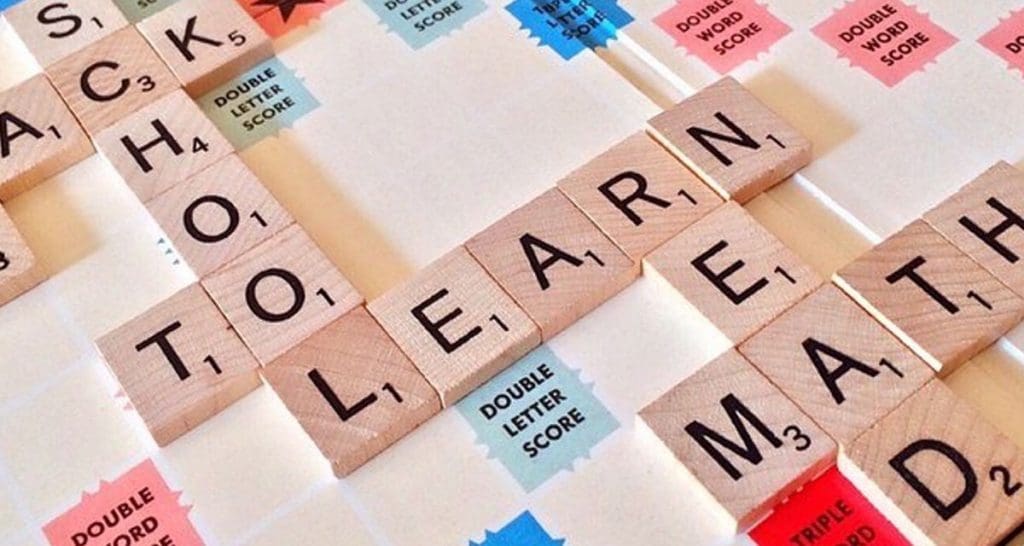Ms. Fatima Agarkar, Educationist

The nature of entertainment has changed drastically and dramatically in the past two decades given the exponential technological growth. Thirty years ago, we spoke about the internet as “worldwideweb” without any access to it (we did not have one computer per child, simply used the blackboard learning to answer exam questions about ROM and RAM). We did not know that learning and recreational activities would be transformed by technology in the decades to follow, leave alone the deep and mechanical learning advantages it would offer. Like natives and novices, we waited and watched the developments and the sweeping changes that took place.
The world since then has evolved into this wonderful reality that uses the inherent strengths of learning and technology and voila – the creation of edutainment online and offline – from the physical world to the virtual world, the marriage has worked! This convergence has quite frankly, resulted in more exposure, more options, productive use of time, skill-building foundations, self-learning, independence – all useful life skills that aid progress and become important foundational milestones. Adults, be it, parents or educators, awakening to the advantages have been consciously influencing the creators of these edutainment platforms as they share success stories of how effective these are for the development milestones.
In a fast-paced world and with the speed of evolution, most platforms combine many parameters to optimize on the time and effort and therefore edutainment emerges as this “perfect” solution. Analyze further, and one does recognize that if children are engaged in their free time via classes, these classes could cater to ‘recreation’ as well as a ‘learning connection’ to make it better-rounded for the children. Like that, on-line apps and platforms use technology and bring in elements of gaming with a learning goal – like Minecraft for example. Used effectively, it combines math, science in a way that brings alive the learning and understanding while “playing”.
“Scientists have recently determined that it takes approximately 400 repetitions to create a new synapse in the brain – unless it is done with play, in which case it takes between 10 to 20 repetitions. – Dr. Karyn Purvis” Using this logic, platforms are developed using entertainment/play to embed learning and make a well-packaged option for the audience.
So, while we battle with “overuse” of technology and screen time causing a host of mental health concerns in the young generation, if edutainment is the route, then technology becomes an important tool for self-learning, subject mastery and constructiveness, while allowing a bit of downtime for the students which is the balance everyone seeks.
Given the interconnections we make in our everyday life and work with convenience and customization, platforms of this nature make for more time-efficient strategies while providing more exposure and opportunities.


